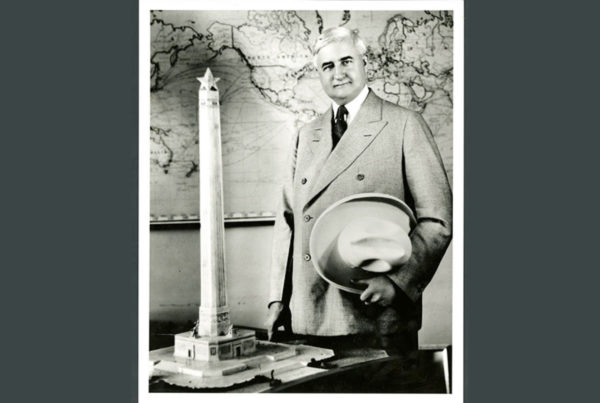From KERA:
This is the first of two stories about Shamond and Sophia Lewis. Read the second story here.
For Sophia Lewis, the decision to take her mentally ill son to jail instead of a hospital was the difference between life and death.
Sophia said Shamond was suffering from a psychotic “break,” a consequence of his schizophrenia, at the time of his arrest.
Law enforcement, government officials, and mental health experts are aware of the need for a specialized way to treat people with serious conditions. The city of Dallas, Parkland Health, and other organizations have added more crisis response teams — teams deployed to calls with a clear behavioral health issue.
Yet Shamond’s situation, because of his offense, may not be squarely within the mandate of those crisis teams, despite his health history.
And despite recent advances, the criminal justice system struggles with how to deal with the mentally ill, and sometimes that leads to tragic results.
“If someone was having a heart attack, if they were having a stroke, if they were bleeding because they’d been shot or stabbed — they wouldn’t start by taking them to the local county jail,” said Texas A&M Law Professor Cynthia Alkon. “They’d start at the emergency room.”
The scene
Sophia Lewis was on her way to work in late September when she got a call from one of her son’s neighbors. Shamond lived on his own in East Dallas, off St. Francis Avenue near I-30.
As Sophia recalled, the neighbor thought Shamond was having one of his episodes and said, “’If you could get over here, they have him [in] handcuffs.’”
She rushed to the scene. Upon seeing her 24-year-old son, she recognized symptoms of a psychotic break.
“The only layman terms I can say is like a deer in headlights,” she said. “He just looked, like, spaced out.”
According to an incident report filed by a Dallas Police Department officer, Shamond had punched a man that morning, then choked him before the victim pushed him off. Shamond then held a knife over his head and threatened the man with it. The man fled, called 911, and waived down a nearby sheriff’s officer. The report said there were no injuries, and that the victim declined medical attention.
The report also said Shamond was detained on the curb when Dallas police arrived. He’d been detained by a deputy with the Dallas County Sheriff’s Office who was at the scene first.
Sophia said she talked to a deputy with the Dallas County Sheriff’s Office. She explained to him that that very day, the 22nd, was the birthday of her late mother. Shamond recently reminded his mother the date was approaching, and Sophia thought it might have triggered his break.
“I was very redundant about telling them that he does have a documented mental illness,” she said. “I was there with law enforcement. I was very redundant about that.”
Instead of taking Shamond to a hospital for treatment, DPD took him to the Dallas County Jail. A report from the sheriff’s department said he became unresponsive after corrections staff restrained him and changed his clothes. Eventually he was transferred to Parkland Hospital, where he later died.
















